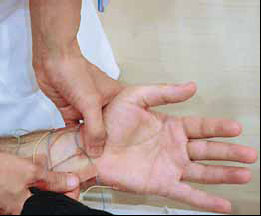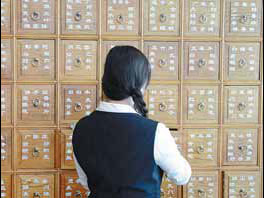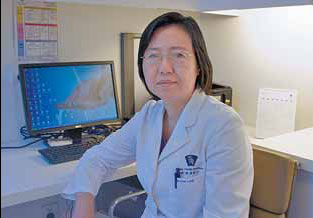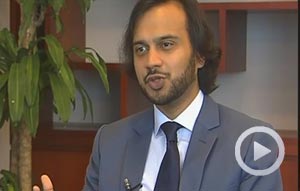Ancient medicine new practives
Updated: 2013-07-21 08:21
By Belle Taylor (China Daily)
|
||||||||
Public hospital doctors, with a line of patients at the door, rarely have the time to explain TCM to foreign patients who find the rushed experience unsettling, especially if they are unfamiliar with the treatments.
|
Electrodes are now used to help get a better reading of the patient's pulse. |
"From the Chinese mindset they think these are the best doctors because they have 100 patients a day, but one of our doctors here has at most eight patients a day, so their idea of specialization is different," Merrill says.
"We think it's important to care for the patient and not only provide services but also spend time to learn their medical background and talk with them," she says, adding that education is also a focus of the center, which also holds tai chi classes.
Merrill sympathizes with foreigners who are wary of some TCM treatments, such as cupping and acupuncture, which can seem intimidating to a first-timer.
"They are really worried about the cupping," she laughs, referring to the treatment known as baguan in Chinese, where suction is applied to the body, leaving large, circular bruises. She says most foreigners are more accepting of acupuncture compared to cupping or moxa, treatments that Chinese patients are more familiar with.
"Even I am a bit worried about cupping."
Has she tried it? Merrill nods. "It does take some getting used to," she admits.
But despite their hesitation, she says the majority of foreigners are open-minded enough to embrace all aspects of TCM.
"One thing I like is that when foreigners come here they are very accepting of new things, they are not only accepting of the medicine but also the cultural background."
Treatments such as acupuncture and massage have become increasingly common throughout major centers in Europe, North America and Australia, particularly in cities with large Chinese communities.
But knowledge of the practices and adoption of the holistic approach so important in Chinese medicine is still a long way off. There is also a desire in the West to fit TCM into a Western understanding of medicine.
|
Chinese medicine chest with neatly labelled drawers. |
Last year, major British pharmaceutical company Glaxonsmithkline began a research and development program into TCM with a goal to provide evidence-based TCM medicine through modern drug discovery technology and clinical trial methodology.
Many countries have introduced varies levels of regulation for TCM. Tony Zhang, head of TCM at the school of health sciences at Australia's RMIT University, says regulation has been positive and has helped the industry gain wider acceptance in that country.
"From surveys we conducted in the past people certainly have a very positive view of the regulation, the regulations helps the profession move to the next level," Zhang says.
Since arriving in Australia from China 14 years ago, Zhang says he has seen increasing numbers of non-Chinese becoming interested in the practice, and TCM catering more to Western expectations and traditions.
"You can now have the granules or powders presented in tablet form," he says, adding that many Westerners prefer tablets to tea.
TCM is not only changing the way people across the globe view their healthcare, but it is itself evolving as more people bring their own cultural expectations to this ancient practice.
Contact the writer at belletaylor@chinadaily.com.cn.
|
Lang Cai from Beijing United Family hospital says more people should seek TCM treatment before their health deteriorates. Belle Taylor / China Daily |

 Man hurt in blast at Beijing airport
Man hurt in blast at Beijing airport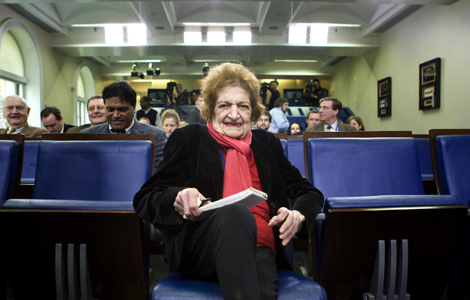
 Veteran U.S. journalist Helen Thomas dies
Veteran U.S. journalist Helen Thomas dies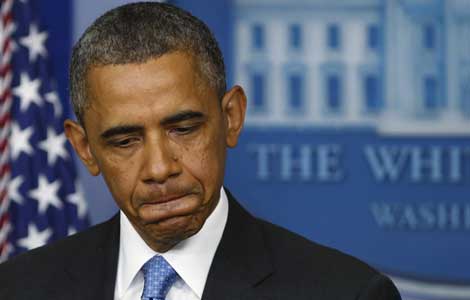
 'Trayvon Martin could have been me, 35 yrs ago': Obama
'Trayvon Martin could have been me, 35 yrs ago': Obama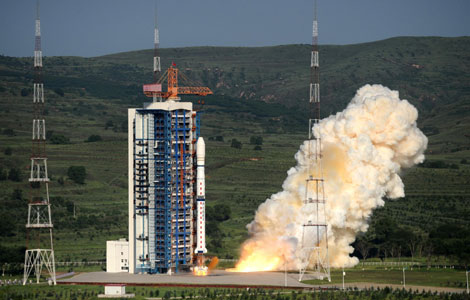
 China launches three experimental satellites
China launches three experimental satellites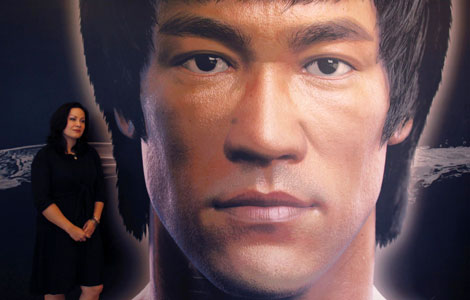
 Bruce Lee's daughter recalls his energy
Bruce Lee's daughter recalls his energy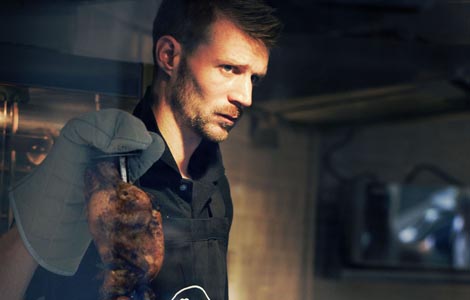
 Giving take-out roast chicken a French twist
Giving take-out roast chicken a French twist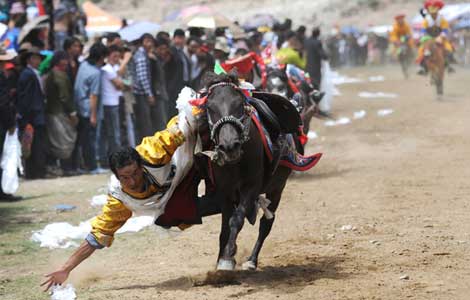
 Tibetan farmers enjoy Onkor festival
Tibetan farmers enjoy Onkor festival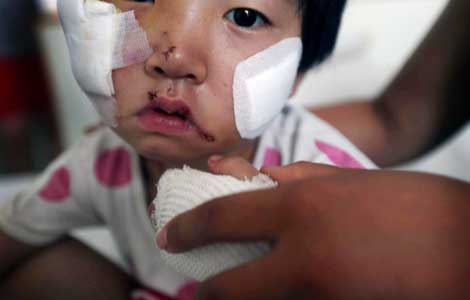
 Girl mauled by mastiff needs $32,580 for surgery
Girl mauled by mastiff needs $32,580 for surgery
Most Viewed
Editor's Picks

|
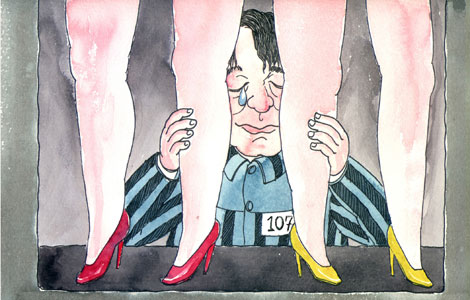
|

|

|

|

|
Today's Top News
China sends strong signal of "deep-water" reform
China commits to building eco-civilization: Xi
New H7N9 patient in critial condition in Beijing
Guizhou aims to become "Switzerland in the East"
Asiana flight passenger killed by rescue truck
Man hurt in blast at Beijing airport
Dead vendor's family compensated
Five sentenced to death for murder
US Weekly

|

|
